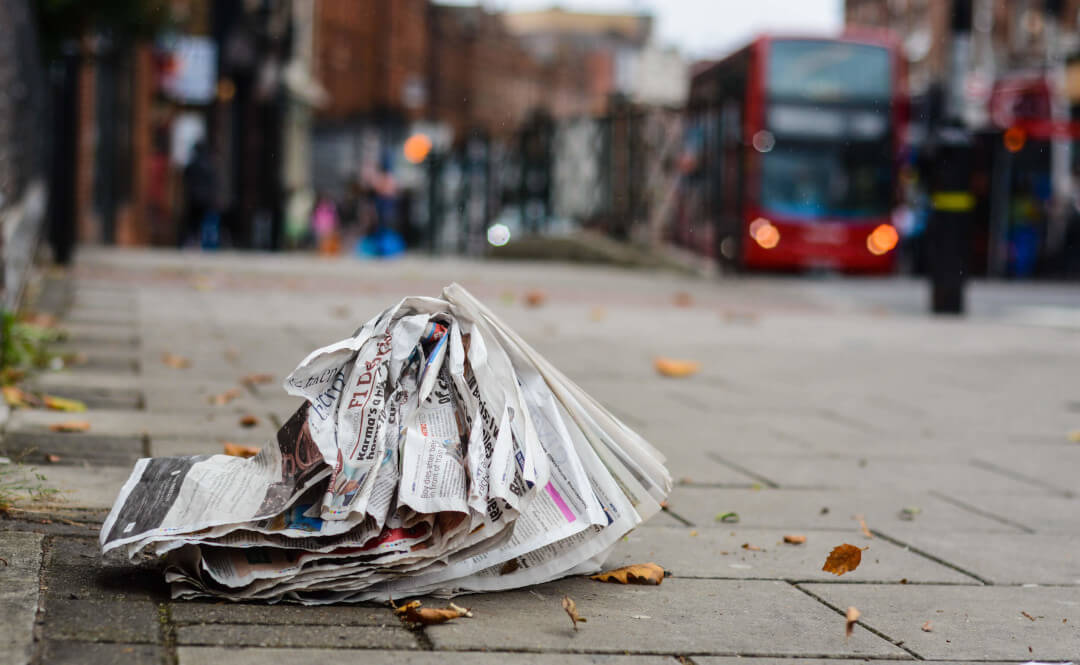Revolutionary Model Operas Reemerge in China: A Look Backat Cultural Revolution Era Art
Beijing, China – The Revolutionary Model Operas, a collection of eight theatrical works produced during China’s Cultural Revolution (1966-1976), have recently seena resurgence of interest in China. This renewed attention comes amidst a broader trend of revisiting the Cultural Revolution period, prompting discussions about its legacy and its impact onChinese society and culture.
The Revolutionary Model Operas were more than just entertainment; they served as a powerful tool for political indoctrination, promoting the ideals of Mao Zedong and the Communist Party. These plays, including iconicworks like The Red Detachment of Women and Shajiabang, featured themes of class struggle, revolutionary heroism, and the triumph of the proletariat. They were carefully crafted to reflect the political and ideological priorities of the time,showcasing the virtues of the working class and denouncing the bourgeoisie and capitalist elements.
The operas were often performed in public squares and factories, reaching a vast audience. Their popularity was fueled by their accessibility, their catchy melodies, and their simple yet powerful storytelling. The Revolutionary Model Operas became a cultural phenomenon, shaping the artistic landscape of China and influencing generations of artists and performers.
The resurgence of interest in these operas can be attributed to several factors. Firstly, there is a growing sense of nostalgia among older generations who experienced the Cultural Revolution firsthand. For them, the Revolutionary Model Operas evoke memories of a simpler time, a time of revolutionary fervor and collective unity.
Secondly, younger generations are increasingly curious about this period of Chinese history. They are seeking to understand the complexities of the Cultural Revolution and its impact on their country’s development. The Revolutionary Model Operas offer a glimpseinto the cultural landscape of that era, providing a unique perspective on the political and social climate of the time.
However, the reemergence of the Revolutionary Model Operas is not without controversy. Some critics argue that these works are a product of a politically charged era and that their themes are outdated and irrelevantin today’s China. They point to the operas’ simplistic portrayal of class struggle and their tendency to glorify the Communist Party as evidence of their propaganda nature.
Others, however, argue that the Revolutionary Model Operas are valuable historical artifacts that offer insights into the cultural and political landscape of China during the CulturalRevolution. They contend that these works are not simply propaganda but rather complex artistic creations that reflect the anxieties and aspirations of the time.
The debate surrounding the Revolutionary Model Operas highlights the ongoing dialogue about the Cultural Revolution in China. As the country continues to grapple with its past, the Revolutionary Model Operas serve as a reminder of the complexities of this turbulent period and its enduring impact on Chinese society.
The Future of the Revolutionary Model Operas
The future of the Revolutionary Model Operas remains uncertain. While some argue for their continued relevance as historical artifacts and cultural expressions, others believe thattheir time has passed. The Chinese government has not yet taken a definitive stance on the operas, leaving their fate open to interpretation.
Regardless of their future, the Revolutionary Model Operas continue to hold a significant place in Chinese cultural history. They serve as a reminder of the powerful role that art can play inshaping political discourse and reflecting the social and cultural realities of a nation. As China continues to evolve, the Revolutionary Model Operas will undoubtedly continue to spark debate and reflection about the country’s past and its future.
Views: 0
